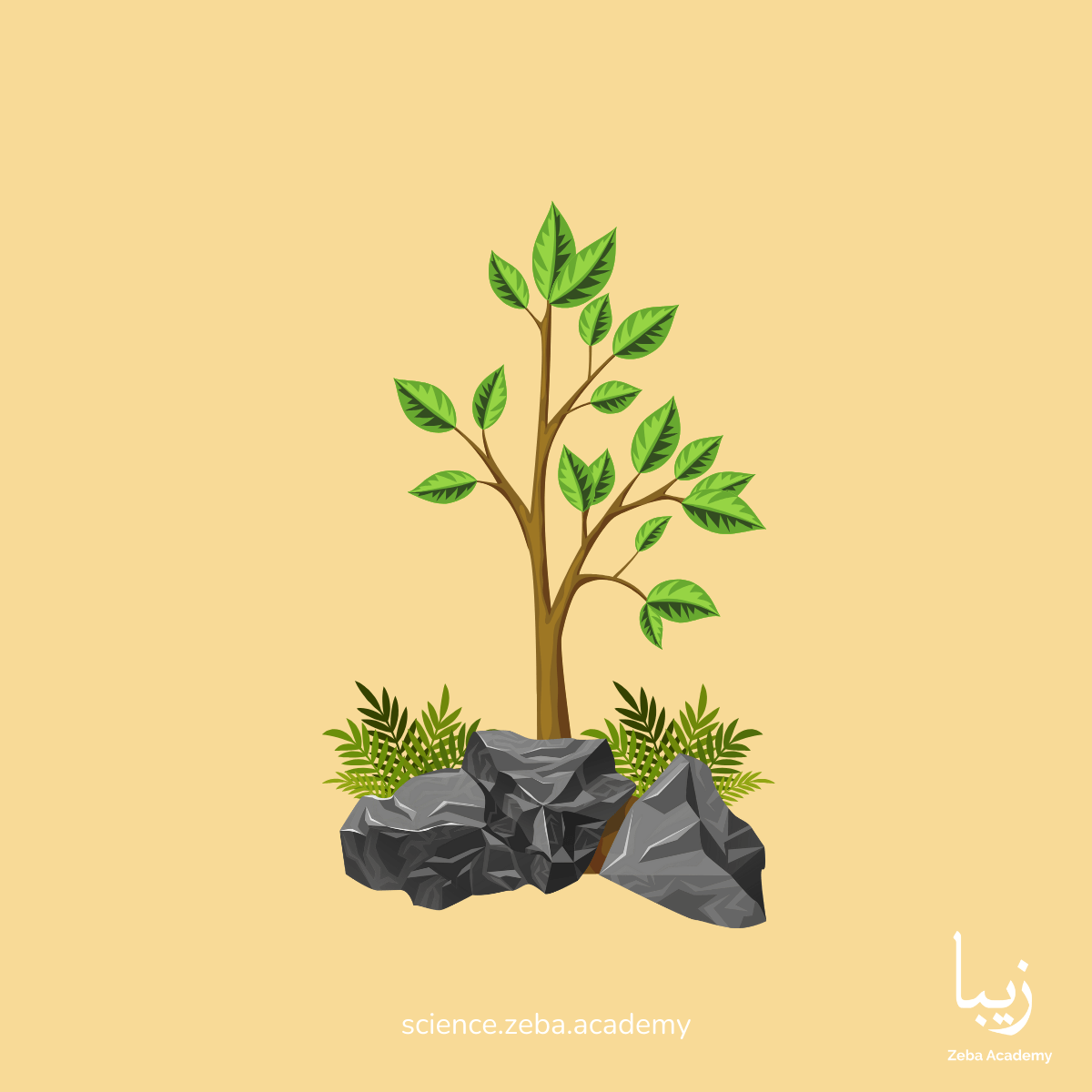The Secret Lives of Trees: Exploring the Social Networks and Communication Among Forests
Trees have long been perceived as solitary entities, standing tall and silent in the forest. However, recent scientific discoveries have unveiled a hidden world of connections and communication among trees, challenging our traditional notions of their solitary existence. This article delves into the fascinating realm of tree social networks and communication, shedding light on the intricate web of relationships that exist within forests.
The Hidden Connections
When you first glance at a forest, it might appear like a battleground where each tree is fighting for its share of sunlight, water, and nutrients. It seems like a tough competition where only the strongest survive. But if you dig beneath the surface, quite literally, you’ll discover a hidden world full of surprises. Deep within the soil, there’s a bustling network of connections that tie trees together in a remarkable bond of symbiosis.
In this underground realm, trees form alliances with other organisms, particularly fungi, in a mutually beneficial relationship. These alliances are crucial for the survival of the trees, allowing them to thrive in challenging conditions. Instead of competing against each other, trees work together, sharing resources and information to ensure the collective well-being of the forest community.
This hidden world is a testament to the resilience and adaptability of nature. Despite the apparent competition above ground, beneath the soil lies a network of cooperation and collaboration that sustains life in the forest. It’s a reminder that, in nature, strength often lies in unity rather than in isolation [1].
Mycorrhizal Networks: Nature’s Underground Highway
Imagine taking a journey beneath the forest floor, where you discover something truly amazing: mycorrhizal networks. These networks are like secret pathways made of tiny fungal threads that connect trees underground. They form special partnerships with trees, helping them share nutrients and messages.
Here’s how it works: tree roots mix with these fungal threads, creating a special connection. The fungi spread out, searching for nutrients and water, and in return, the trees give them sugars made from sunlight. It’s like a helpful trade that keeps both the trees and fungi healthy. These networks aren’t just about swapping stuff; they also help trees talk to each other. They share important messages, like when there’s danger nearby or when they need a little extra help. So, these mycorrhizal networks are like nature’s way of making sure everyone in the forest gets what they need to grow strong and stay connected. They show us how all the living things in the forest work together, like one big team.
Nutrient Exchange and Cooperation
Thanks to mycorrhizal networks, trees have a cool way of helping each other out. These networks are like nature’s secret underground channels where trees share stuff they need to grow. Things like carbon and nitrogen move between trees easily, making sure everyone in the forest stays healthy. And get this: research shows that trees can even tell who their family is through these networks! They give special treatment to their relatives, sending them extra help when they need it. It’s like a big family looking out for each other, making sure everyone thrives together in the forest.
In addition to underground networks, trees communicate through the ethereal language of volatile organic compounds (VOCs). These airborne chemical signals serve as messengers, relaying crucial information about the forest environment. Whether it’s a warning of impending threats like pests or pathogens or a call for cooperation in times of adversity, VOCs play a pivotal role in orchestrating the forest’s defense mechanisms.
Detecting and Responding to Environmental Cues
Trees have an awesome superpower: they can sense and understand tiny signals called VOCs that float through the air. When these signals change, like when there’s danger nearby, trees kick into gear. They activate special defenses to protect themselves and their forest friends. It’s like they’re all part of a superhero team, working together to keep the whole forest safe and strong [2].
Chemical Conversations
Trees have an amazing way of communicating with each other: they use chemicals in the air, kind of like a secret language. These chemicals are called VOCs, and they’re like little messengers that carry all kinds of important messages between trees. For example, when one tree is in trouble, it can release VOCs to warn its neighbors about the danger. It’s like sending out an alert signal to everyone nearby, so they can all be prepared. But VOCs aren’t just about warnings; they also carry cues about where to find resources like water and sunlight. So, trees use this chemical communication to help each other out and make sure everyone in the forest stays safe and healthy.
By using these chemical signals, trees can share vital information and support each other, almost like they’re part of a big team. It’s like they’re all looking out for each other, making sure the whole forest community thrives. Understanding how trees communicate through VOCs is important because it helps us appreciate the amazing teamwork happening in forests. And by protecting and preserving forests, we can ensure that future generations get to experience and enjoy these incredible ecosystems too [3].
Allelopathy: Nature’s Competitive Advantage
Ever heard of allelopathy? It’s like a secret weapon that some trees use to get ahead in the forest. Here’s how it works: these trees release chemicals into the soil that make it tough for other plants to grow nearby. Picture black walnut trees, for example. They produce a chemical called juglone, which acts like a natural weed killer, stopping other plants from sprouting around them. This gives the walnut trees more space, sunlight, and water all to themselves, so they can grow big and strong without any competition. It’s like they’re carving out their own little zone where they can thrive without any disturbances.
This allelopathy thing is pretty clever, right? It’s like these trees are creating their own bubble of success in the forest, where they can grow and flourish without any interference from other plants. Understanding how trees use allelopathy helps us see just how smart and resourceful they are, and it reminds us of the incredible ways nature adapts to survive and thrive.
Induced Resistance: Teamwork Against Threats
But here’s the thing: trees aren’t just thinking about themselves; they’re also watching out for their forest buddies. When one tree is in trouble, like under attack from pests or diseases, it doesn’t just suffer in silence. Nope, it sends out a special signal in the form of VOCs to its nearby tree friends. These signals act like an alarm, warning the other trees to get ready for battle. It’s like a forest-wide emergency system, helping everyone prepare to fight off the danger together.
This teamwork among trees is super cool. It’s called induced resistance, and it’s like the forest’s secret weapon against threats. By banding together and sharing these warning signals, trees make the whole forest stronger and better able to fend off pests and diseases. It’s a great example of how cooperation and teamwork in nature can help everyone stay safe and healthy [4].
Revealing Forest Secrets
These hidden connections and chemical conversations uncover a remarkable world of teamwork within forests. Instead of standing alone, trees are more like members of a giant family, always ready to lend a helping hand. They share nutrients, warn each other about dangers, and team up to fend off threats. It’s like they’re all in it together, working towards the common goal of keeping the entire forest healthy and strong.
Understanding how trees communicate and support each other is super important for taking care of forests. By knowing how they work together, we can better protect and preserve these vital ecosystems. This means making sure forests have what they need to thrive, so they can continue to provide homes for wildlife, clean air for us to breathe, and beautiful landscapes for future generations to enjoy.
Sharing Resources
In the dense tapestry of the forest, trees are not solitary entities solely focused on their own survival. Instead, they engage in a remarkable system of resource sharing, where cooperation and mutual support are key to the resilience of the entire ecosystem.
One of the most fascinating aspects of resource sharing among trees is the phenomenon of hydraulic redistribution. This process involves the movement of water from areas of high soil moisture to drier regions, facilitated by the interconnected root systems of trees. During periods of drought, trees with access to deeper water sources can redistribute water to shallower-rooted individuals, helping them to survive through challenging conditions.
Furthermore, trees also engage in the sharing of nutrients through their interconnected root systems and mycorrhizal networks. Through these networks, trees can transfer carbon, nitrogen, phosphorus, and other essential nutrients to neighboring individuals in need. This mutualistic exchange of resources not only benefits individual trees but also contributes to the overall health and productivity of the forest ecosystem.
Research has shown that trees can exhibit preferential treatment towards their relatives when sharing resources. By directing resources towards kin, trees enhance the survival and growth of their genetic lineage, thereby promoting the long-term health and resilience of the forest community as a whole [5].
Defense Mechanisms
In addition to sharing resources, trees also collaborate in defense against common threats such as herbivores, pathogens, and environmental stressors. Through a variety of defense mechanisms, trees can collectively protect themselves and their neighbors, ensuring the survival of the entire forest ecosystem.
One of the most intriguing defense mechanisms employed by trees is the release of chemical compounds that deter herbivores and inhibit the growth of competing plants. This phenomenon, known as allelopathy, allows trees to maintain dominance in their environment by suppressing the growth of potential competitors. For example, certain tree species release allelopathic compounds into the soil that inhibit the germination and growth of nearby plants, giving them a competitive advantage for resources such as sunlight and water.
Furthermore, trees can also communicate with each other to warn of impending threats and coordinate defense responses. When a tree is under attack by herbivores or pathogens, it can release volatile organic compounds (VOCs) into the air that serve as warning signals to neighboring trees. In response to these signals, neighboring trees can activate their own defense mechanisms, such as producing toxins or increasing the production of defensive compounds, to protect themselves from potential harm.
Moreover, trees can also engage in indirect defense strategies by attracting natural enemies of herbivores through the release of VOCs. By attracting predators and parasitoids of herbivorous insects, trees can reduce herbivore damage and maintain the balance of the ecosystem.
The remarkable ability of trees to share resources and collaborate in defense against common threats highlights the interconnectedness and interdependence of forest ecosystems. Far from being solitary individuals, trees are active participants in a complex web of relationships that sustain the health and vitality of the entire forest community.
By understanding and appreciating these hidden connections and defense mechanisms, we can gain valuable insights into the functioning of forests and the importance of preserving their biodiversity. Through continued research and conservation efforts, we can ensure the long-term health and resilience of our planet’s forests for future generations to enjoy [6].
Implications and Applications
The revelations about tree social networks and communication have profound implications for ecology, conservation, and sustainable forest management. Understanding the interconnectedness of forests can inform various fields and contribute to the preservation of these vital ecosystems.
One significant implication is the impact on forest ecology. By recognizing the complex relationships among trees, researchers can better understand how forests function as dynamic and interconnected systems. This understanding is crucial for predicting how forests will respond to environmental changes such as climate change, deforestation, and invasive species.
Moreover, the insights gained from studying tree communication have practical applications for sustainable forest management. By harnessing the natural processes of resource sharing and defense mechanisms, forest managers can develop strategies to enhance the resilience and health of forest ecosystems. For example, promoting the diversity of tree species within forests can facilitate more robust mycorrhizal networks and enhance the ecosystem’s ability to withstand disturbances.
Furthermore, knowledge of tree communication can also inspire innovative approaches to agriculture and horticulture. By mimicking the natural processes of resource sharing and communication observed in forests, farmers and gardeners can improve crop yields and reduce the need for synthetic inputs such as fertilizers and pesticides. For instance, incorporating mycorrhizal fungi into agricultural soils can enhance nutrient uptake and improve plant health [7].
Conclusion
The exploration of tree social networks and communication has unveiled a hidden world of complexity and interconnectedness within forests. Far from being solitary entities, trees are active participants in a web of relationships that facilitate cooperation, resource sharing, and mutual support.
As we continue to unravel the mysteries of tree communication, it becomes increasingly clear that forests are not just collections of individual trees but interconnected communities that rely on collaboration to thrive. By understanding and appreciating these connections, we can gain valuable insights into the functioning of ecosystems and the importance of preserving biodiversity.
Moving forward, it is essential to continue research in this field and apply our knowledge to inform conservation efforts and sustainable forest management practices. By protecting and conserving forests, we can ensure the continued health and vitality of our planet for generations to come.
In conclusion, the secret lives of trees offer a glimpse into the fascinating world of nature’s hidden networks. By delving deeper into the intricate web of relationships that exist within forests, we can unlock valuable insights into the workings of ecosystems and our place within them.
References
- Simard (2012). Mycorrhizal networks: Mechanisms, ecology and modelling.
- Karban (2014). Volatile communication between plants that affects herbivory: a meta-analysis.
- Dudley (2007). Kin recognition in an annual plant.
- Heil (2010). Explaining evolution of plant communication by airborne signals.
- Simard (2015). Resource transfer between plants through ectomycorrhizal fungal networks.
- Bais (2006). The role of root exudates in rhizosphere interactions with plants and other organisms.
- Biedermann (2009). Fungus cultivation by ambrosia beetles: behavior and laboratory breeding success in three xyleborine species.


